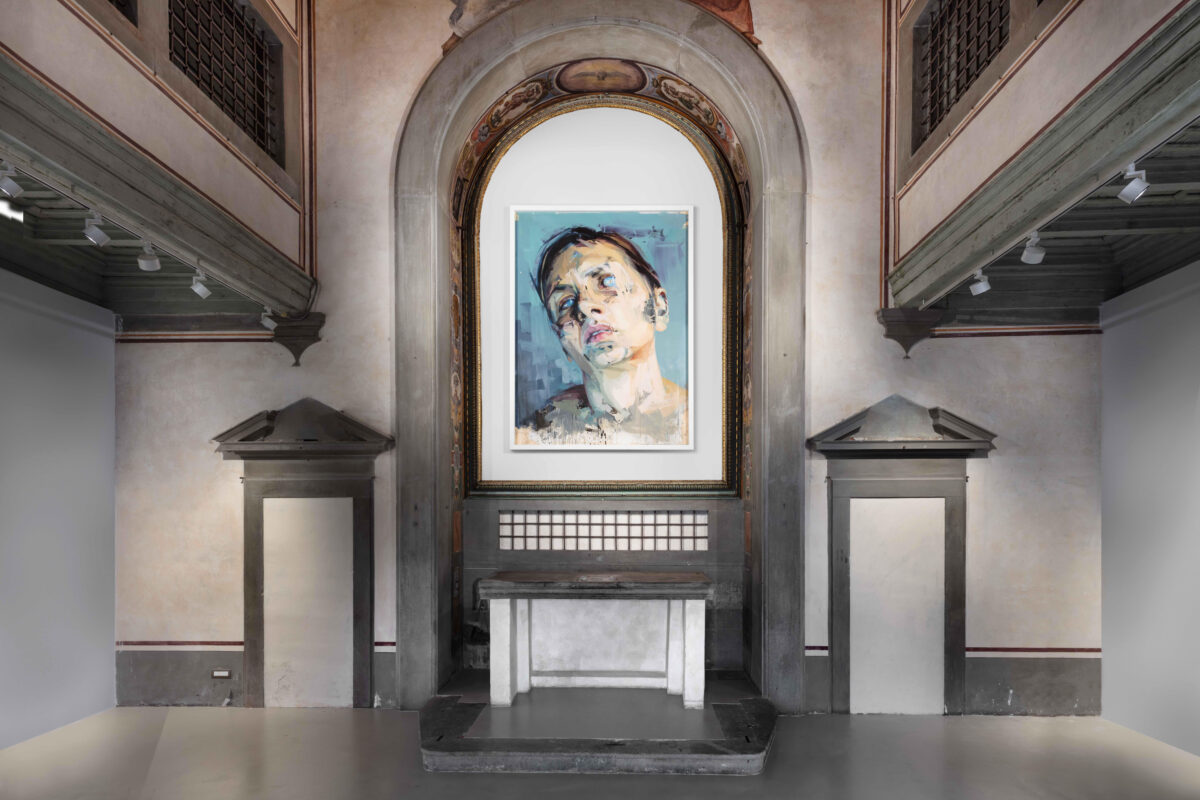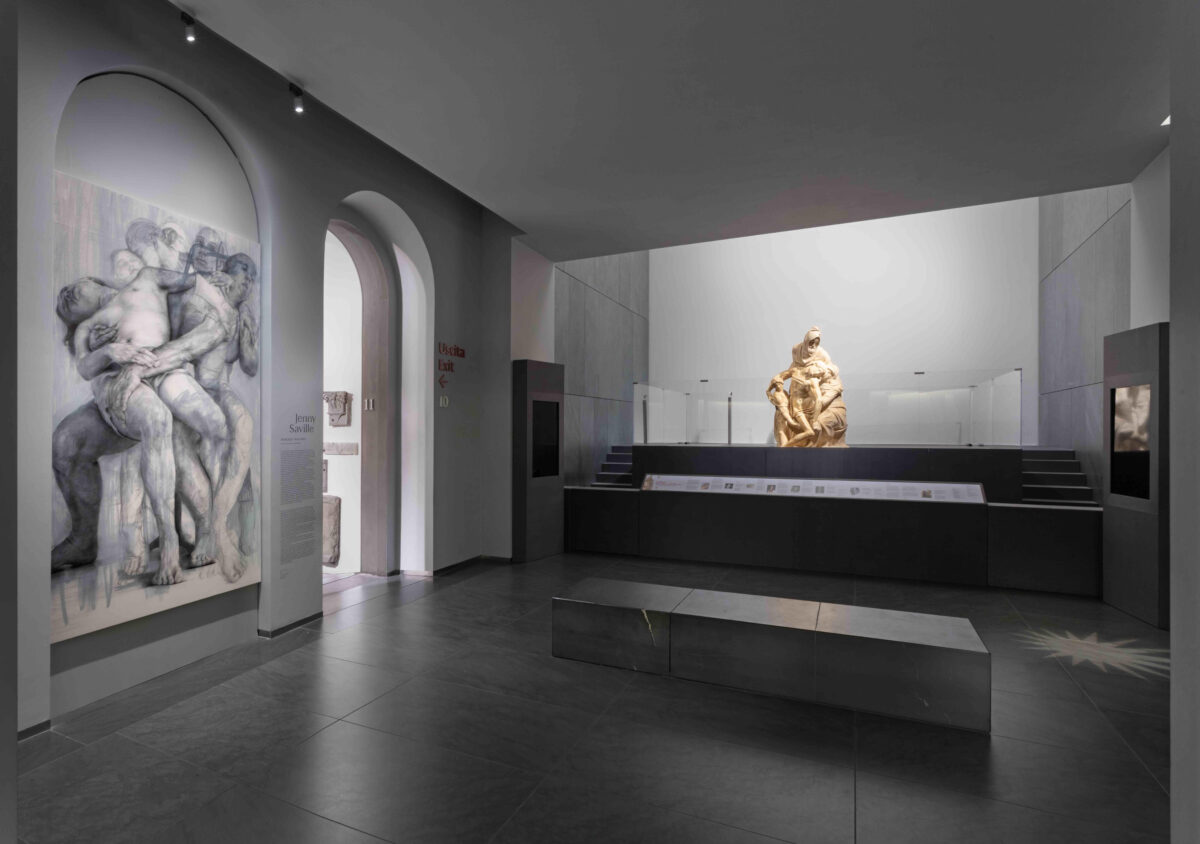
When I reflect back on the exhibitions I have been lucky enough to experience, a few stand out specifically in my mind for one reason or another.
The first exhibition that really had a profound impact on me was Apocalypse, the epic group show staged at the Royal Academy in 2000. I had only just recently started to seriously engage in contemporary art, so to experience works like Hell, Jake & Dinos Chapman’s vast and intricate sculpture was a revelation.
Most recently the extraordinary exhibition of Jenny Saville in Florence last September, organised by visionary curator Sergio Risaliti, Director of the Museo Novecento and supported by Gagosian, was simply a once-in-a-lifetime experience.
The juxtaposition of the old and the new within Saville’s work was beautifully reflected in the five museums that housed her work for five months, from the Museo Novecento, Florence’s primary museum of Modern and Contemporary Art and the most obvious home for Saville’s masterpieces, stretching across four of the great Florentine Renaissance and historical museums in the city: Museo di Palazzo Vecchio, Museo dell’Opera del Duomo, Museo degli Innocenti and Museo di Casa Buonarroti.
This epic, multi-part exhibition, was a triumph in curation, not only for marrying past and present so seamlessly and effectively, but the play of Saville’s work off such a rich, historic framework added both texture and breadth to the interpretation of what the eye could behold.

Most affecting, perhaps, was the hang of Jenny’s muscular yet vulnerable Pietà within eyesight of Michelangelo’s exquisite Pietà Bandini in the Museo dell’Opera del Duomo.
To see these two masterpieces, addressing the same subject of love cradling death yet dating half-a-millennia apart, was a powerful reminder not only of the timelessness of suffering and compassion but also of the enduring power of Art in providing a space where one can reflect upon and, to some extent, acknowledge their existence.
As Sergio observed in a recent interview with Modern Forms, “Jenny Saville is one of the most important artists of our time. Because she has two levels. She is simultaneously very popular and very sophisticated. She speaks the language of art and its history and on the other level is very empathic in her connection with ordinary people, in terms of her iconography, dressing her figures in the clothes of today, and in her combination of these two levels she connects with universal time and is outside chronology.”



